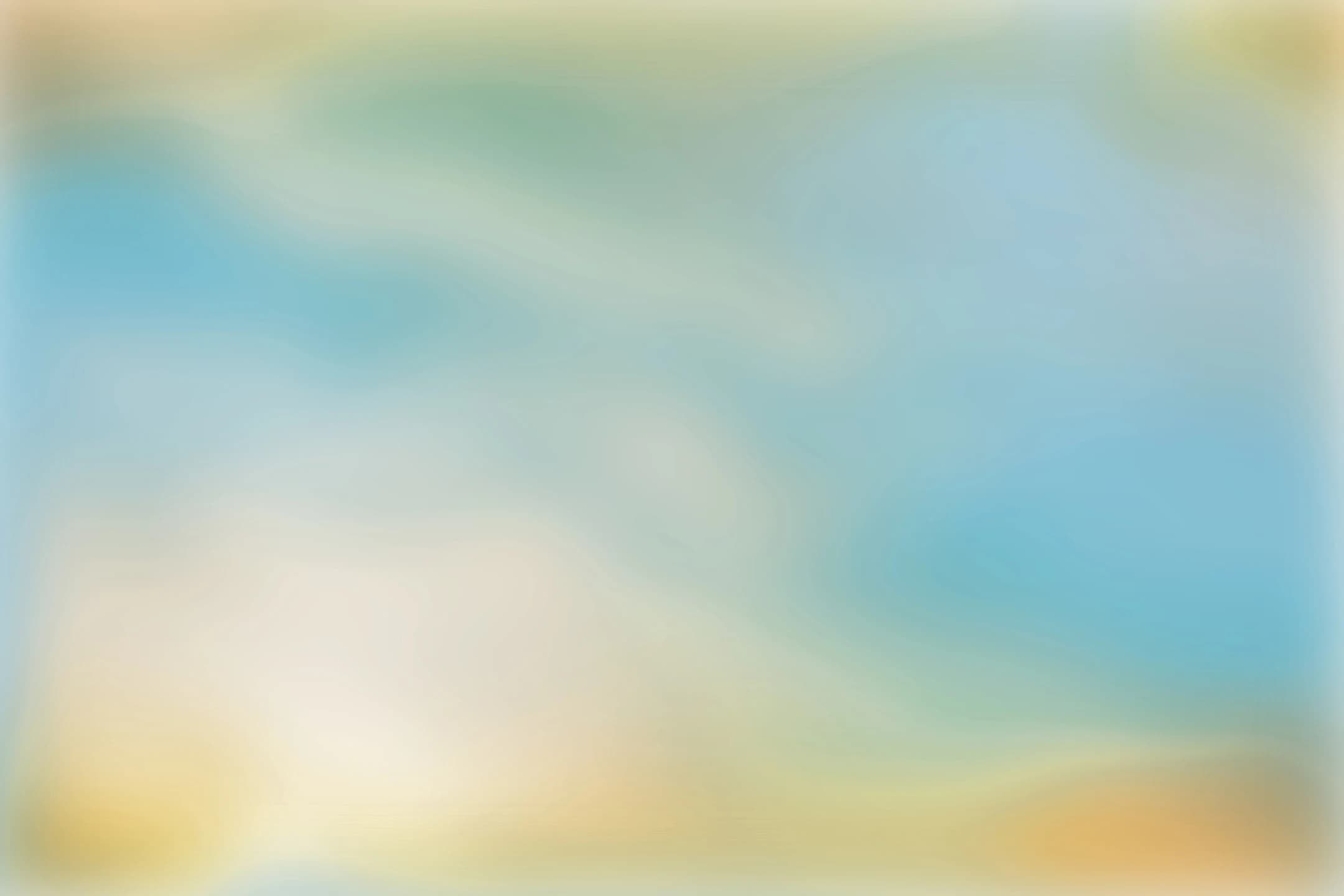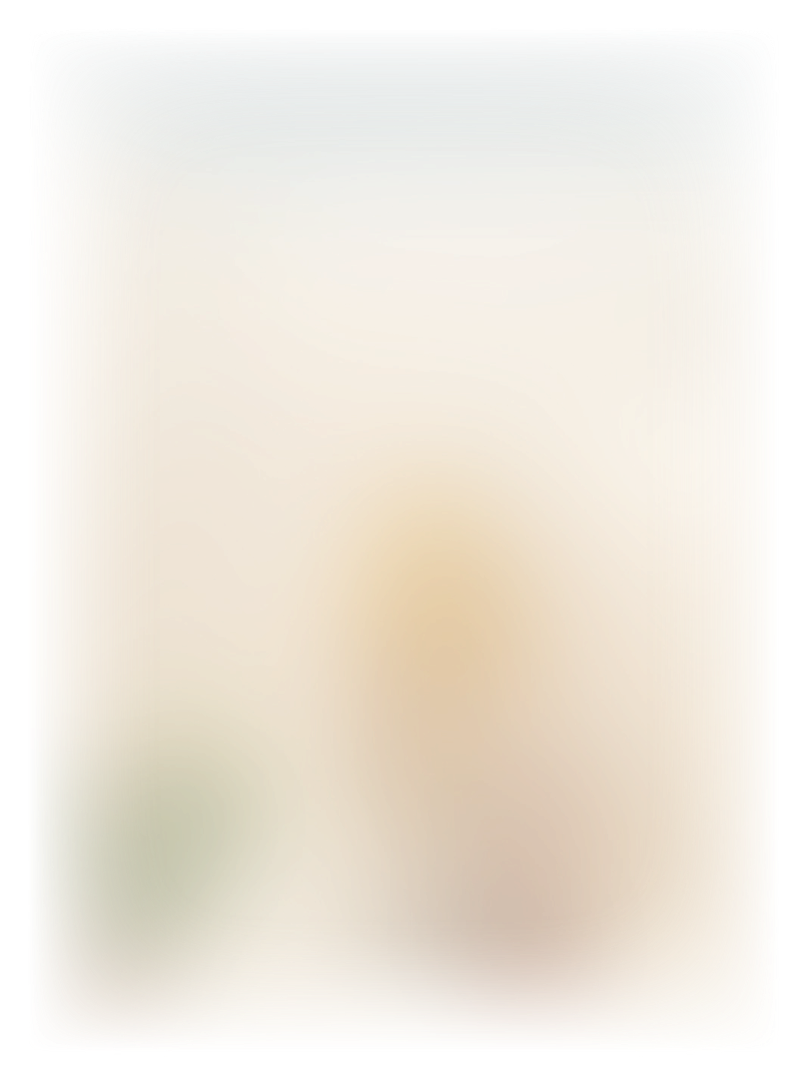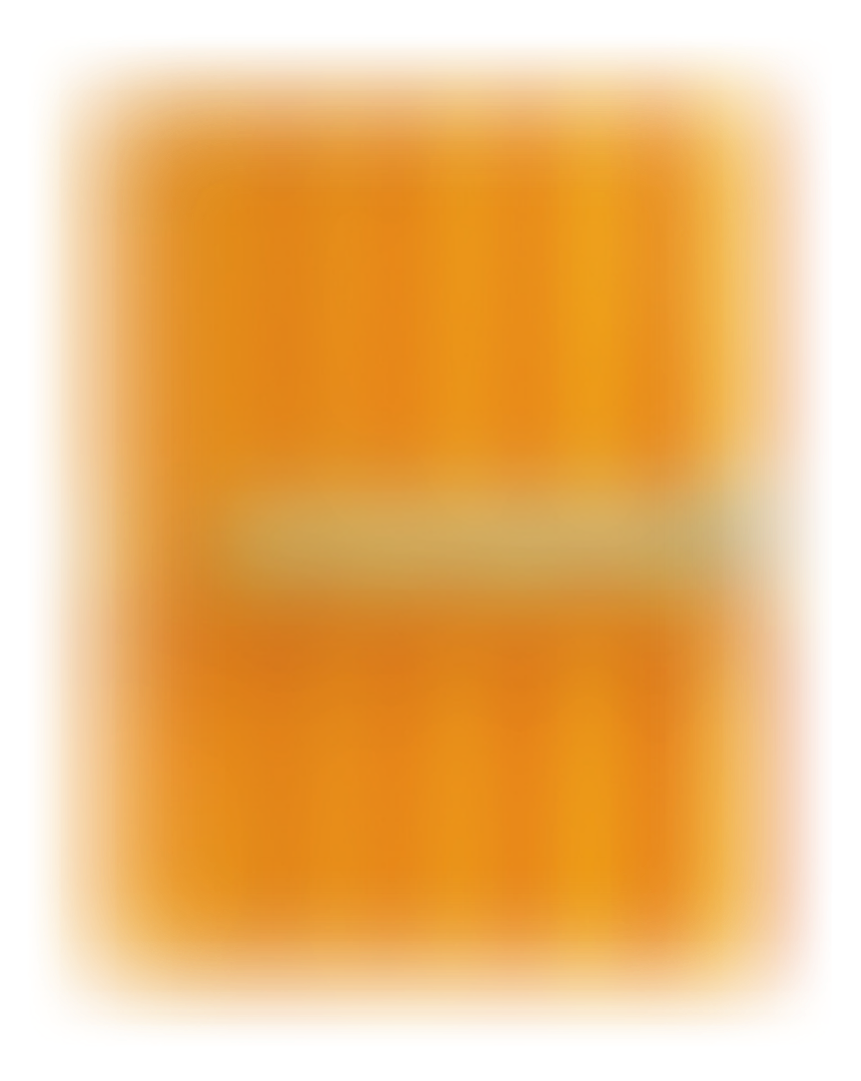She put the butterfly on the door and said spring has now arrived
Artists:
Hedi Jaansoo, Juliana Lindenhofer
Co-text, essay and translation: Keiu Krikmann
Graphic design: Stuudio Stuudio
Assistants: Laura de Jaeger, Lisette Lepik
Open: Mon to Fri 11:00-18:00, Sat 11:00-17:00, Sun closed
Free entrance
Limited wheelchair access
Draakon Gallery (Pikk 18)
“She put the butterfly on the door and said spring has now arrived” is first and foremost a collaboration, an exchange of ideas based on a shared sensibility toward material and a sensitivity towards the world. It grew out of a connection, formed between two artists, Hedi Jaansoo and Juliana Lindenhofer who met in Brussels in a residency a couple of years ago. It’s a bond that still holds strong, containing enough friendship and creative trust to let conversations materialise as an exhibition.
“She put a butterfly…” puts forward a constellation of artworks created independently by the two artists in their studios in Tallinn and in Vienna, their practices quite different from one another. Hedi and Juliana share a fascination towards fragments, working with their poetics and power in a world, where everything seems to increasingly break apart, where divides deepen and it is easy to succumb to a sense of hopelessness. Still, both are looking how to put things back together, even if it means by starting small, just with things in your immediate reach, how to navigate fragmentary states and vulnerability that could be read as powerlessness. Yet, Hedi’s and Juliana’s works suggest that in these states of half-life and becoming, strength can also be found.
Hedi mainly works with photographic images and installation. She often uses layering to break things apart and put them back together again. This extends to both the composition of her images as well as the way she shows her work in exhibition spaces. Using motifs of plants and a variety of fragile or frayed materials, she explores ideas of vulnerability, wounds, contrasts, weakness but also that of subtle resistance.
In her sculptures, Juliana sketches with and fashions material, inspired by the vast array and experiences outside the artworld. She is influenced by nightlife, fashion and dressing up and the possibilities to slip into different roles briefly, prompting her to take an interest in using medical products, cosmetical waxes etc. For Juliana, fashioning sculpture and creating non-gendered accessories is a way to shape material to discover new potentials, to explore new combinations, while always being led by curiosity and joy for material.
For both artists, it is important to work with accessible and easily available materials, perhaps with the kind you could perceive as “weak” at first glance – in terms of their perceived value, durability and sometimes in their importance. At the same time, they are also rehabilitating these “weak” materials – Hedi by turning the spotlight onto brittle and discarded ephemera, Juliana by combining a variety of materials into works in a way that reads like an open-ended suggestion. There is subtle tension in their works, born out of care and concern towards the world that surrounds us, composed by a sensitivity characteristic to people not inclined to push for grand gestures. In the end, it is a matter of centimetres, as the artists say.


